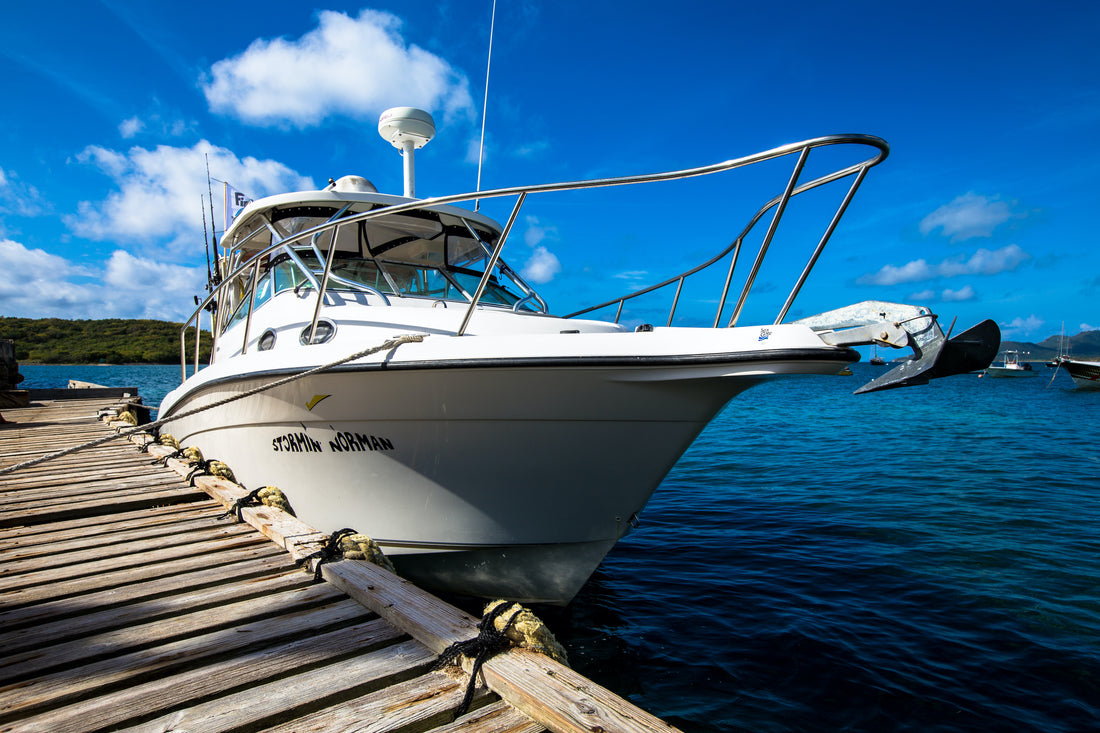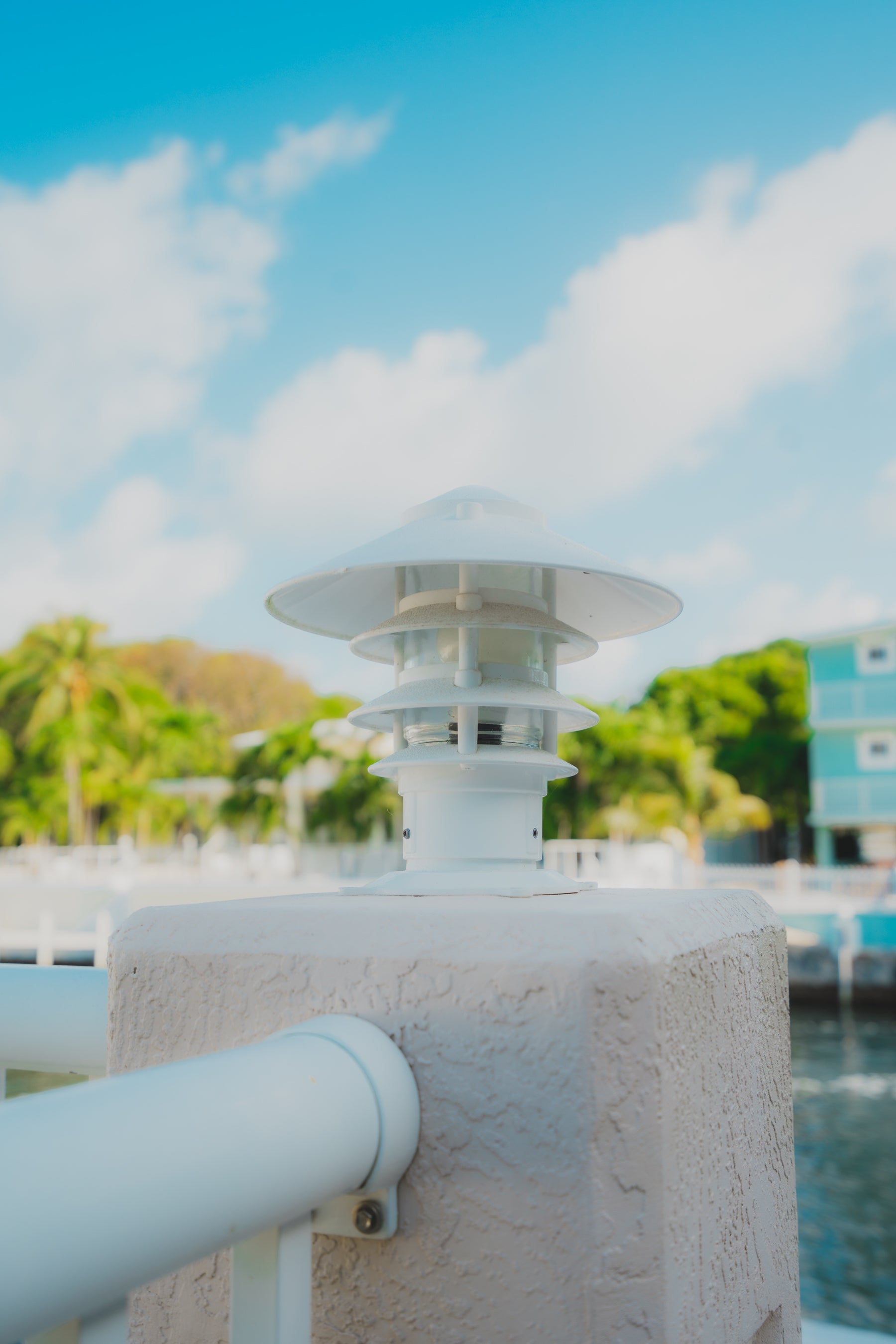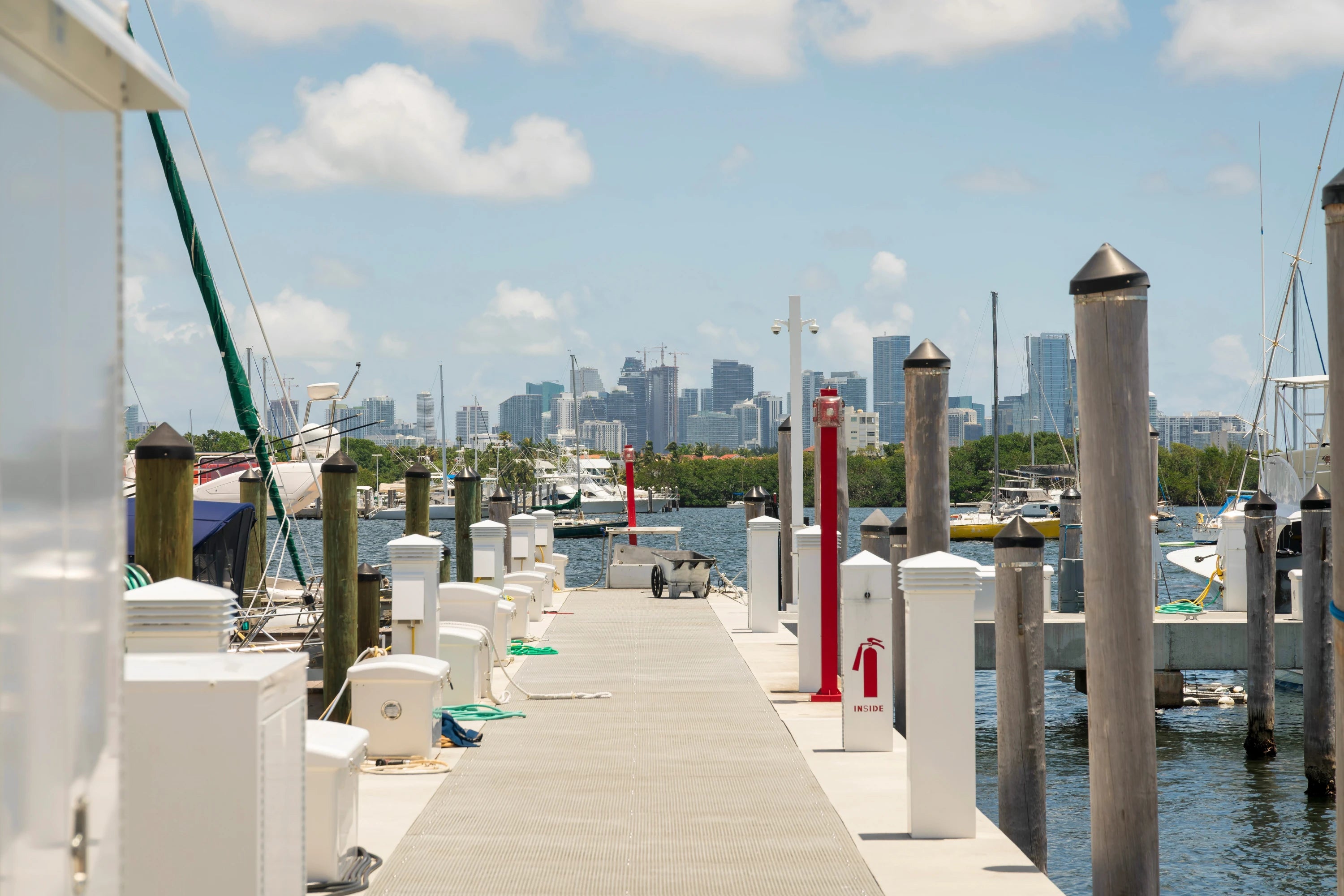
Tying With Tides: How to Tie Your Boat to a Dock
Share
Did you know that mooring your boat incorrectly could cause it to float away? Or worse, sink?
Experienced boaters know the importance of proper docking to ensure the safety and security of their boats. However, you need to understand tide changes to practice correct boat docking. The fluctuating water levels significantly affect how you must secure your boat.
Tide Changes
The gravitational force between the Earth and the moon creates tides in bodies of water. Tides cycle between high tide and low tide. Each occurs twice daily, so each tide cycle is around six hours. Failure to account for tide changes could cause damage to your boat and dock. Read on to learn how to tie your boat to a dock while taking the tide into consideration.
How to Tie a Boat to a Dock With Tides
Let’s start with a general explanation of how to tie a boat to a dock while accounting for tide changes. First, you need to use spring lines to prevent back-and-forth movement. Additionally, you need to use long bowlines and stern lines to prevent the boat from swinging in and out.
It’s best to secure the boat to pilings and cleats further away. While using the nearest dock cleat or piling for each line may seem ideal, this often isn’t a good choice. Short lines like this (or breast lines) are not secure and can snap if they become too taut.
Yet, you may only have cleats that are close to the boat. If you cannot tie long lines, you should cross the lines for better security. Crossing the lines, or connecting them at an angle, allows the boat to move up and down as the tide changes throughout the day.
The number of lines you use will depend on the type of dock you’re mooring at and the length of the stop.
For Large Boats
With larger boats, there’s a good chance the bow cleats and stern cleats are higher than the dock’s height. This means that if you dock during high tide, the lines will become looser during low tide. You don’t want too much slack for these reasons:
- The side of your boat may strike the dock
- The boat may get stuck under the dock
- The boat may move so much that the line snaps or becomes free
Conversely, docking during low tide means the lines can become too taut during high tide. Too much tension could snap the lines, and your boat will float off with the current. Additionally, the water could rise high enough to start entering the boat, causing it to sink.
Unfortunately, larger boats and sailboats are more prone to rolling over when they begin to fill with water.
For Smaller Boats
The boat cleats on smaller vessels are usually at dock level or slightly below the dock. Thus, while smaller boats face the same problems as larger boats, it’s much more common for smaller boats to get stuck under the dock.
If the boat gets lodged under the dock, it could cause significant damage and even sink when the tide rises again.
Different Types of Docks
The correct way to dock your boat can also vary depending on your dock type. The two main types of docks are fixed and floating.
Fixed Pier Docks (Side Docks)
This guide has already discussed how to dock your boat to a fixed dock, specifically, a fixed side dock. The docking instructions presented here are also applicable to the following:
- Parallel docks or finger slips
- Piers
- Sea walls
- Slips with pilings
Whenever you moor at any fixed dock, remember to use long lines! Also, use spring lines for more security. Spring lines connect from the dock cleat to the center cleat on the side of the boat. Attach one line from the forward dock cleat and one from the rear.
Floating Docks
There are different types of floating docks. By design, they allow both the dock and the boats attached to them to rise and fall with the tide.
This makes mooring at floating docks simple. You can use short, long, crossed, or straight lines. All you need to do is ensure the lines are snug and secure. It’s best to secure these three lines:
- Bowline
- Midship line
- Stern line
Dock Lines
It’s vital to use tough boat dock lines with enough elasticity to absorb shock from changing tides and adverse weather conditions. You also need to know how to secure the line to the cleat using various knots.
Tie Up a Boat in Three Steps
We know there’s a lot of information on how to dock correctly. So if you’re in a pinch, here’s how to dock a boat in three quick steps!
Choosing the Docking Gear
The necessary docking gear includes the following:
- Boat cleats
- Dock cleats (or pilings)
- Dock lines
- Fenders (bumpers)
- Mooring line supports
If you don’t have any of these, head to your nearest Haven Dock and Marine location to buy them.
Setting Up the Dock Lines
For a quick stop, you should use three lines and connect them in this order:
- Secure the stern line at the back of the boat
- Attach the spring line from the stern to the dock cleat at the front of the boat
- Secure the bowline
For a more extended stop, it’s best to use two bowlines and two stern lines. Attach the stern lines before the bowlines.
Follow the other tips in this guide to know how loose or taut to secure the lines.
Securing the Dock Lines
There are several ways to secure the boat to the dock.
The most common is the cleat hitch. First, slide the loop on the line through the cleat, under the top. Next, wrap the loop over the arms of the cleat and tighten it. This is very easy if you have an eye splice at the end of the line.
You can also tie a more complex knot using a figure eight or a clove knot if docking at a piling.
Shop Our Selection of Dock Mooring Systems
Now that you know how to tie a boat to a dock with the tides, you can confidently secure your boat without worrying about its movements during changing tides.
At Haven Dock & Marine, you'll find a selection of top-of-the-line dock mooring products available to purchase online from the convenience of home. Or, find your local dealer today to get everything you need at one of our many convenient locations!


